A Guide to Kalimantan, the Indonesian Half of Borneo
From seeing orangutans in the wild to the famed cross-Borneo trek, get insider tips on planning your itinerary to rainforest-covered Kalimantan.
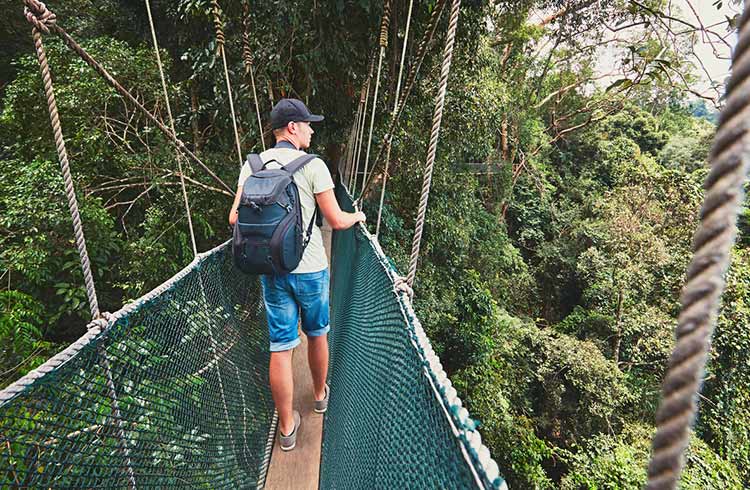 Photo © iStock.com/Chalabala
Photo © iStock.com/Chalabala
- Where to see orangutans
- Meeting the Dayak Tribe
- Sustainable tours in Kalimantan
- Hiking in Kalimantan
- The Derawan Islands
- Palm oil impact
Where to see orangutans
No trip to Kalimantan would be complete without glimpsing the orangutans in the wild. Without a doubt, the Tanjung Puting National Park in Central Kalimantan offers one of the best opportunities to see the primates at play.
Board a klotok (a traditional wooden house boat) and make your way up the Sekonyer River to the famed Camp Leakey research camp, where you're almost guaranteed to see wild orangutans swinging through the trees. Working to protect and study the orangutans in their natural habitat, Camp Leakey is a highlight on any Kalimantan itinerary.
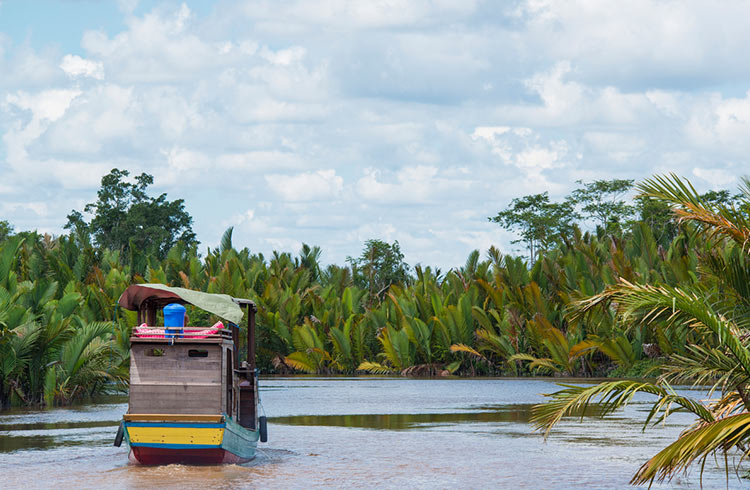
Other great alternatives are Gunung Palung National Park in West Kalimantan and Kutai National Park in East Kalimantan, both of which have populations of wild orangutans.
You'll need to hire a guide in order to visit any of the national parks in Kalimantan. It's extremely important to remember that orangutans are wild animals and there should be zero interaction with them.

As orangutans share 97% of the same DNA as humans, it's easy to pass on respiratory illnesses to them, so you should always keep your distance. For safety reasons, stay on the designated paths and visiting areas in the parks, and never eat food around orangutans or offer them any of yours.
Meeting the Dayak tribe
The indigenous people of Kalimantan are known as the Dayak, which encompasses many different tribal groups. Community is at the heart of the Dayak way of life and this is evident in the wooden longhouses that the Dayaks traditionally lived in.
An entire community would live under the same roof and these longhouses, raised off the ground on wooden poles, can still be found throughout the island. The riverside town of Putussibau in West Kalimantan is the best place to travel upriver to spend time in authentic Dayak villages.
Living in one of the most biodiverse regions in the world, it's no surprise that the Dayak have co-existed in harmony within the rainforest ecosystem. These custodians of the forest have a fierce reputation for being headhunters in the past, although thankfully this is one tradition that's no longer upheld.

Sustainable tours in Kalimantan
Kalimantan is facing major exploitation of its natural resources, due to palm oil and mining. To do your part to protect the last remaining rainforests, it's important to always choose locally run, ethical tour companies that support the community.
When venturing into the rainforest there shouldn't be any physical contact or interaction with the wildlife (including the orangutans), so steer clear of any tour operators that offer anything along those lines.
Hiking in Kalimantan
Kalimantan offers some great hikes, including the famed cross-Borneo trek, for those wishing to unleash their inner explorer. Not for the faint hearted, this hike takes roughly 16 days covering 559 miles (900 km) from east to west, through the mountainous interior of the island.
If you're seeking a less strenuous alternative, there are many other hikes through the Meratus Mountains in South Kalimantan and Merabu in East Kalimantan.
It's important to be prepared for high humidity and temperatures, as well as leeches and mosquitoes, and to pack a good quality first aid kit as medical clinics can be hard to access.
The Derawan Islands
As the second largest island in the Indonesian archipelago, Kalimantan isn't short of beaches. If it's picture-perfect islands, clear waters and teeming marine life that you're after, then the Derawan islands off the coast of East Kalimantan are well worth a visit.
Accessed by boat from the small town of Berau, the Derawan islands offer great opportunities to dive with manta rays, as well as a chance to spot nesting green turtles.

Palm oil impact: how to make a difference
While wildlife encounters and rainforests are what draw most people to Kalimantan, there's almost a ‘see it before it's gone’ mentality. Flying into Kalimantan, palm oil trees are planted in perfect rows and stretch as far as the eye can see.
Deforestation has devastated the island's ecosystem, killing an estimated 100,000 orangutans since 1999, with thousands of orphaned orangutans being cared for at rescue centres across the island.
Growing the ecotourism industry in Kalimantan is an important step towards protecting the rainforests, as it provides the local communities with an alternative source of income.

If you wish to volunteer during your time in Kalimantan, research local conservation organizations – there are plenty in need of help for projects such as tree planting, community outreach and education programs.
By volunteering, you'll gain an inside look into daily Indonesian village life, have the privilege to intimately learn about orangutans, and see the local conversation efforts in action.
Related articles
Simple and flexible travel insurance
You can buy at home or while traveling, and claim online from anywhere in the world. With 150+ adventure activities covered and 24/7 emergency assistance.
Get a quote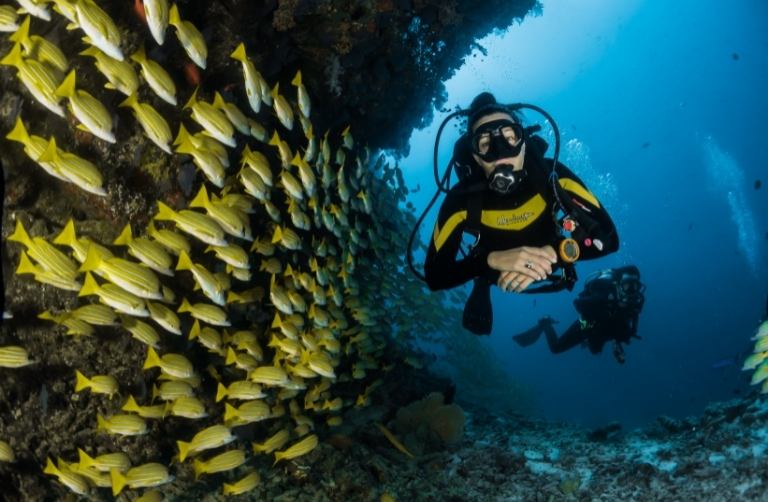
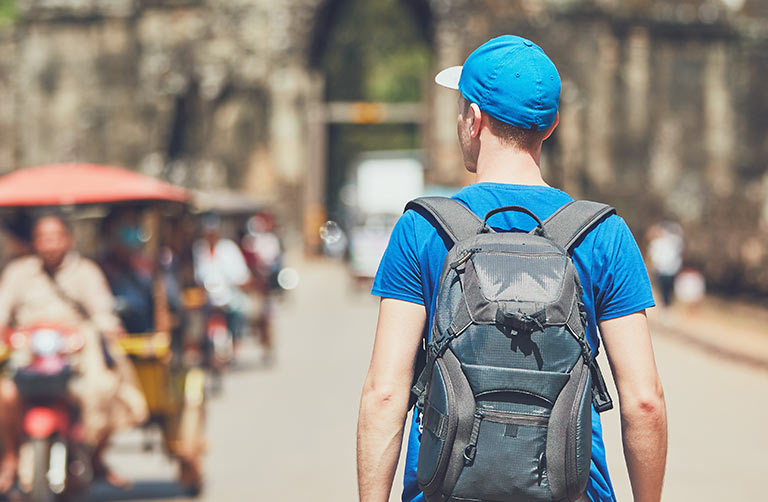
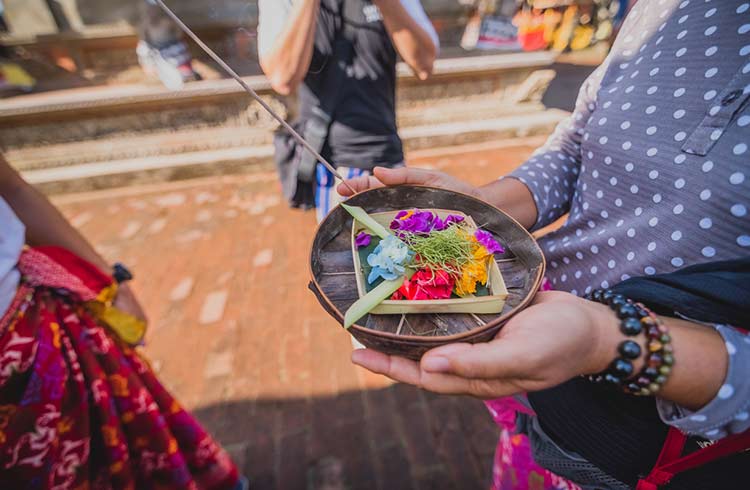
No Comments